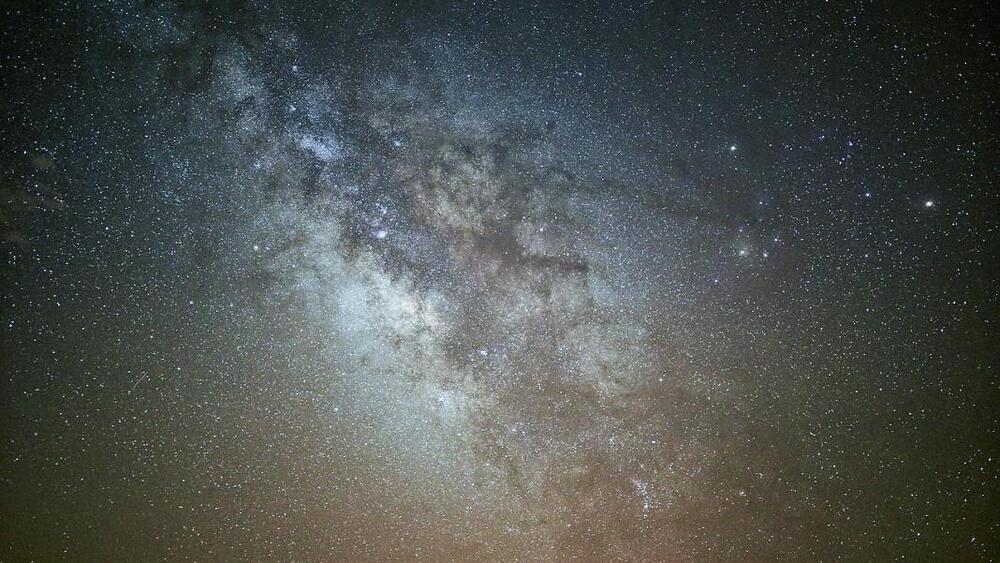The Rhythm of Crust Production on Earth
Many rocks on Earth form from molten or semi-molten magma. This magma is derived either directly from the mantle—the predominantly solid but slowly flowing layer below the planet’s crust—or from recooking even older bits of pre-existing crust. As liquid magma cools, it eventually freezes into solid rock.
Through this cooling process of magma crystallization, mineral grains grow and can trap elements such as uranium that decay over time and produce a sort of stopwatch, recording their age. Not only that, but crystals can also trap other elements that track the composition of their parental magma, like how a surname might track a person’s family.
